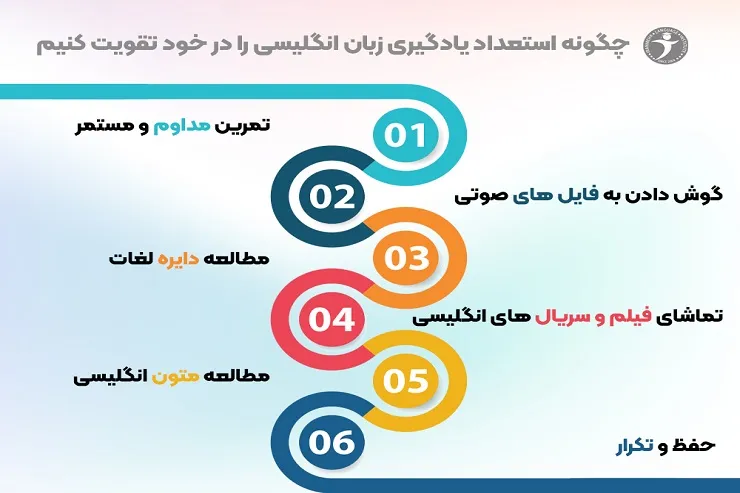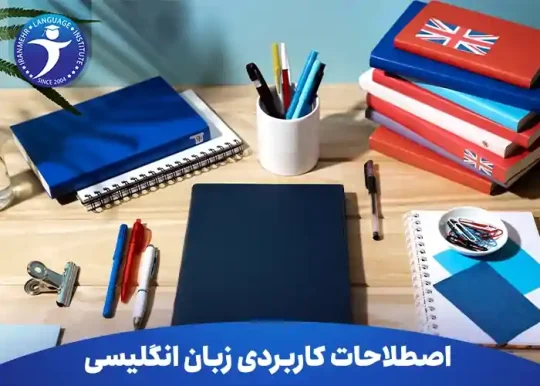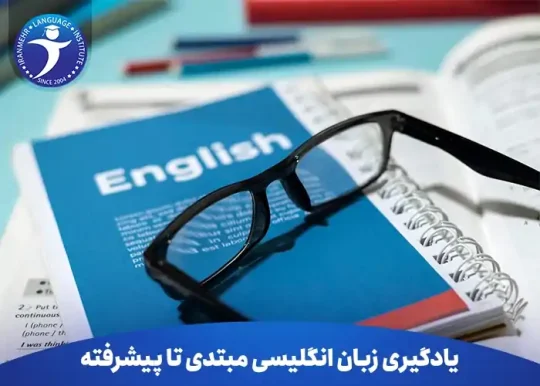یک جملهوارهی وابسته (که به عنوان subordinate clause نیز شناخته میشود)، جملهوارهای است که برای تکمیل مفهوم، به اطلاعات موجود در جملهوارهی مستقل نیاز دارد. بنابراین، نمیتواند به تنهایی به عنوان جمله مورد استفاده قرار گیرد.
جملهوارههای وابسته به طور کلی به سه دسته تقسیم میشوند: noun clauses، relative clauses و adverbial clauses.
تشکیل جملهوارهی وابسته
یک جملهواره به هر حال از یک نهاد و یک گزاره تشکیل میشود (هرچند فاعل میتواند از جمله حذف شود). گزاره معمولا شامل یک فعل یا یک عبارت فعلی میشود. این در حالی است که فاعل، شامل یک اسم، ضمیر یا عبارتی میشود که شامل یکی از این دو باشد.
جملهوارههای وابسته معمولا به کمک کلمات وابسته مشخص میشوند. برای مثال میتوان به حروف ربط هم پایه یا ضمایر نسبی اشاره کرد.
در اینجا چند مثال از جملهوارههای وابسته را مشاهده میکنید:
“whenever I travel”
“whom we met on the plane”
“that they like to eat sushi”
همانطور که میبینید، هر یک از مثالهای بالا یک جملهواره هستند، چون آنها شامل یک نهاد و یک گزاره میشوند. هرچند «وابسته» بودن آنها کاملا مشهود است. چون نمیتوانند یک مفهوم کلی را بیان کنند. آنها برای تکمیل معنای خود به یک جملهوارهی مستقل نیاز دارند. مثال:
“Whenever I travel, I like to stay in fancy hotels.”
“We struck up a great conversation with a person whom we met on the plane.”
“She found it strange that they like to eat sushi.”
دوره های آموزش زبان انگلیسی | |
| دوره حضوری | آموزش زبان انگلیسی برای کودکان |
| دوره حضوری | آموزش زبان انگلیسی برای نوجوانان |
| دوره حضوری | آموزش زبان انگلیسی برای بزرگسالان |
ساختار گرامری جملهوارههای وابسته
از آنجا که جملهوارههای وابسته باید به جملهوارههای مستقل متصل شوند، عملکردهای گرامری مختلفی دارند. این تنوع به خود جملهواره نیز بستگی دارد.
Noun clauses (جملهوارهی اسمی)
جملهوارههای اسمی، جملهوارههای وابستهای هستند که به عنوان اسم در جمله به کار میروند. از این رو، جملهوارههای اسمی میتوانند هر کاری که یک اسم در جمله به عهده میگیرد را انجام دهند. برای مثال میتوانند به عنوان فاعل یا مفعول جمله به کار بروند یا در نهایت، به عنوان متمم وصفی مورد استفاده قرار گیرند. بیایید به هر یک از مثالها، نگاهی کنیم.

The Subject
“Wherever we decide to go is fine with me.” (Wherever we decide to go is the subject of the linking verb is.)
Direct Object
“I want to see what is available before I make a purchase.” (what is available is the direct object of the verb see.)
Indirect Object
“I’ll send whoever is responsible a strongly worded letter.” (Whoever is responsible is the indirect object of the verb send, and a strongly worded letter is the direct object.)
Predicate Noun
“The thing I wish for most is that people would all just get along.” (That people would all just get along is the predicate noun of the linking verb is, renaming the subject the thing I wish for most.)
Object of a preposition
“The is the man to whom I owe my life.” (Whom I owe my life is the object of the preposition to, acting as an adjective to describe the noun man.)
Adjective complement
“I’m thrilled that you are coming to visit!” (That you are coming to visit is the complement of the adjective thrilled.)
جملهوارههای نسبی
جملهوارههای نسبی که به adjective clause نیز شناخته میشوند، میتوانند راجع به اسم یا گروه اسمی اطلاعاتی در اختیار خواننده قرار دهند. این جملهوارهها گاهی برای جمله ضروری هستند گاهی هم نیازی نیست که الزاما در جمله ذکر شوند.
جملهوارههای نسبی معمولا به کمک ضمایر نسبی یا قیدهای نسبی در جمله مشخص میشوند.
در ادامه مثالهای مختلفی را در این زمینه مشاهده میکنید:
“The man, whom I’d heard so much about, gave an electrifying speech to the crowd.” (Whom I’d heard so much about is a non-restrictive clause modifying the word man.)
“The escaped giraffe, which had been on the loose for weeks, was finally captured.” (Which had been on the loose for weeks is a non-restrictive clause modifying the word giraffe.)
“The book that I wrote is being published in January.” (That I wrote is a restrictive clause modifying the word book.)
“Any student whose desk is not clean will have detention after class.” (Whose desk is not clean is a restrictive clause modifying the word student.)
“The house where I was born is a very special place.” (Where I was born is a restrictive clause modifying the word house.)
“I love casual Fridays, when we get to wear jeans to work.” (When we get to wear jeans to work is a non-restrictive clause modifying the word Fridays.)
جملهوارههای قیدی
یک جملهوارهی قیدی مثل یک قید ساده در جمله استفاده میشود تا صفات، افعال و قیدها را تکامل معنایی ببخشد. جملهوارههای قیدی از حروف ربط هم پایه استفاده میکنند تا به جملهوارههای وابسته متصل شوند. مثال:
“I went to the park before my parents woke up.” (Before my parents woke up is an adverbial clause that modifies the verb went.)
“She waited on the shore until the ship departed.” (Until the ship departed is an adverbial clause that modifies the verb waited.)
“Animals are cute while they’re young.” (While they’re young is an adverbial clause that modifies the adjective cute.)
“I work better when I have total privacy.” (When I have total privacy is an adverbial clause that modifies the adverb better.)
بیشتر بخوانید: راهنمای ساخت جملات سوالی در زبان انگلیسی
بیشتر بخوانید: اشتباهات رایج در جملات با دو فاعل



 17 مهر 1403
17 مهر 1403  0 نظر
0 نظر
 ایرانمهر
ایرانمهر 









